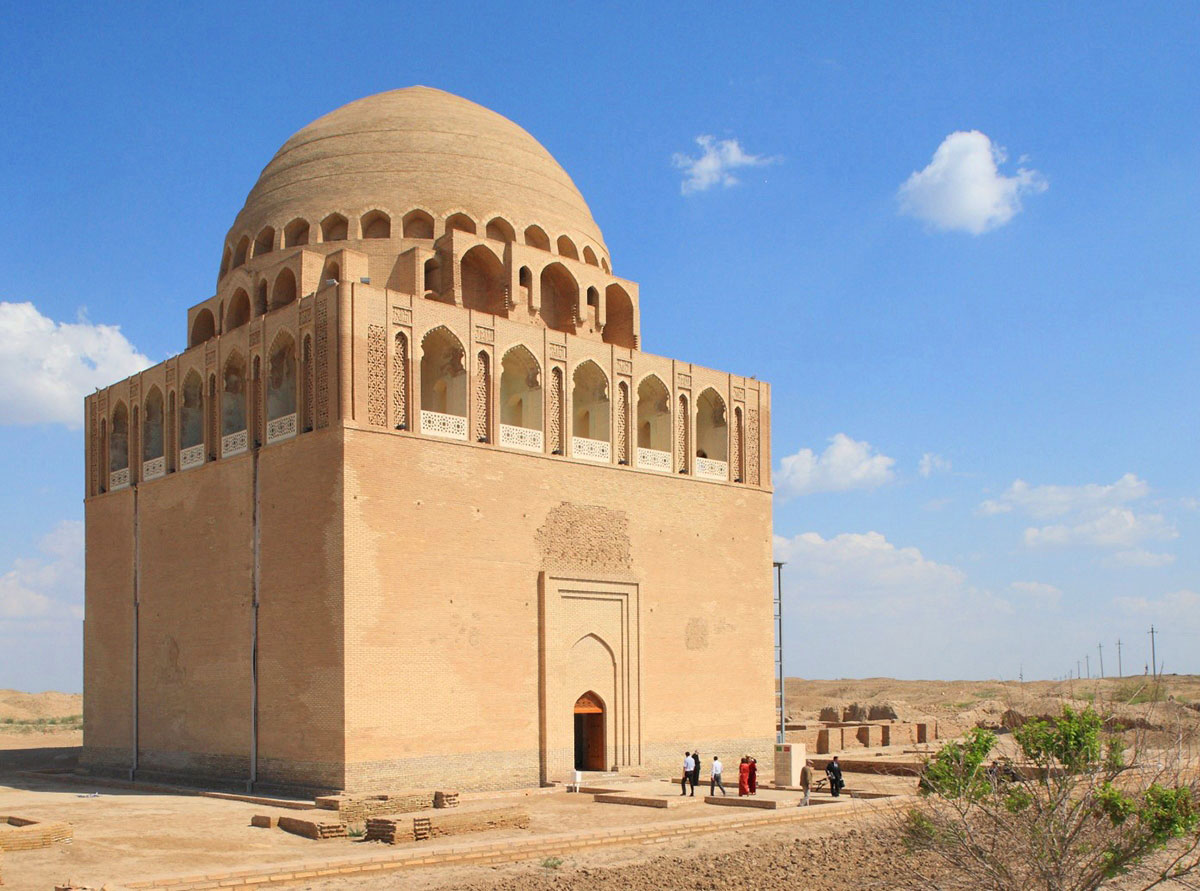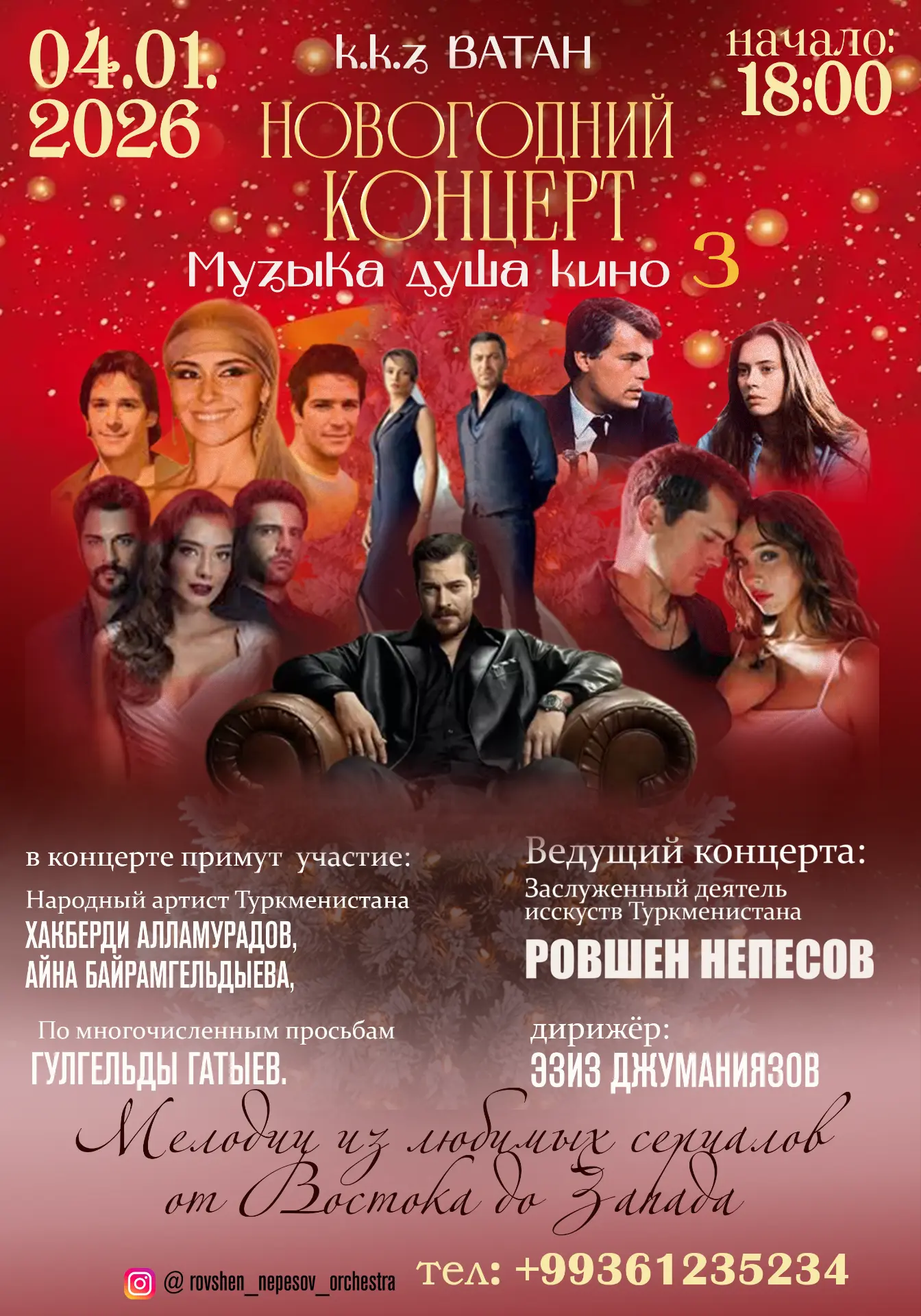Ancient Merv, an important point on the Great Silk Road, was not only a center of trade but also the cradle of folk crafts.
Historical sources indicate that during its heyday in the mid-12th century, the capital of the Seljuk Sultanate had developed weaving, glassmaking, pottery, leatherworking and jewelry production, which served the domestic and international markets.
Merv fabrics made from wool, linen, cotton and silk, considered luxurious items, were highly sought after throughout the caliphate, reaching as far as the Maghreb. Arab geographer Ibn Khordadbeh described Merv as the most famous district in Khorasan, producing the finest garments. Merv carpets, transported by caravans along the Great Silk Road to dozens of countries, were particularly esteemed.
Turkmen merchants engaged in intensive trade with the Bulgars, Eastern Europe, China and India. The caravan served as not only a means of transporting goods and people but also an important instrument for commercial and monetary relations. This led to an increase in the number of mints in the East.
Of the existing at that time mints in Central Asia, five were located in Turkmenistan. These were the mints of Merv, Dehistan, Merverud, Serakhs and Khorezm (Kunya-Urgench), producing gold and silver dinars and dirhams.
The Merv bazaar stood out for its cleanliness and well-thought-out internal structure. At its center there was the main covered trading point, surrounded by a money exchange market and caravanserais. Streets extended in different directions from the center, with each street housing quarters (mahalle) of masters specializing in various crafts.
The bazaar streets were home to pottery workshops, shops selling iron products, weaving, leatherworking, gunsmiths, shoemaking, jewelry making and more. Turkmen goods such as carpets, fabrics made from camel yarn, thoroughbred horses and horse equipment were highly valued and purchased at a premium.
Additionally, the market served as a gathering and dispatching point for goods arriving from all caravan trade routes to countries with high demand for these products. Therefore, at any time of the year, the warehouses of Merv were filled with various goods. This contributed to the city becoming an important economic and political center of the East.
Scholar-archaeologist G. Khanmyradov writes about the medieval trade of Merv: "In ancient and Middle Ages, Merv was the largest cultural center, a hub of domestic and international trade. Merv pottery was in high demand. Pottery artifacts found in Termez, Samarkand and other places testify that they were made by Merv craftsmen."
As one of the significant architectural monuments of Turkmenistan, the treasury of the ancient world continues to attract the attention of historians, archaeologists and travelers from all corners of the globe. Today, Ancient Merv is a UNESCO World Heritage Site.
The employees of the State Historical and Cultural Reserve "Ancient Merv" regularly conduct guided tours of historical sites and the Museum of the city of Mary, where ancient artifacts of various historical periods are preserved.








